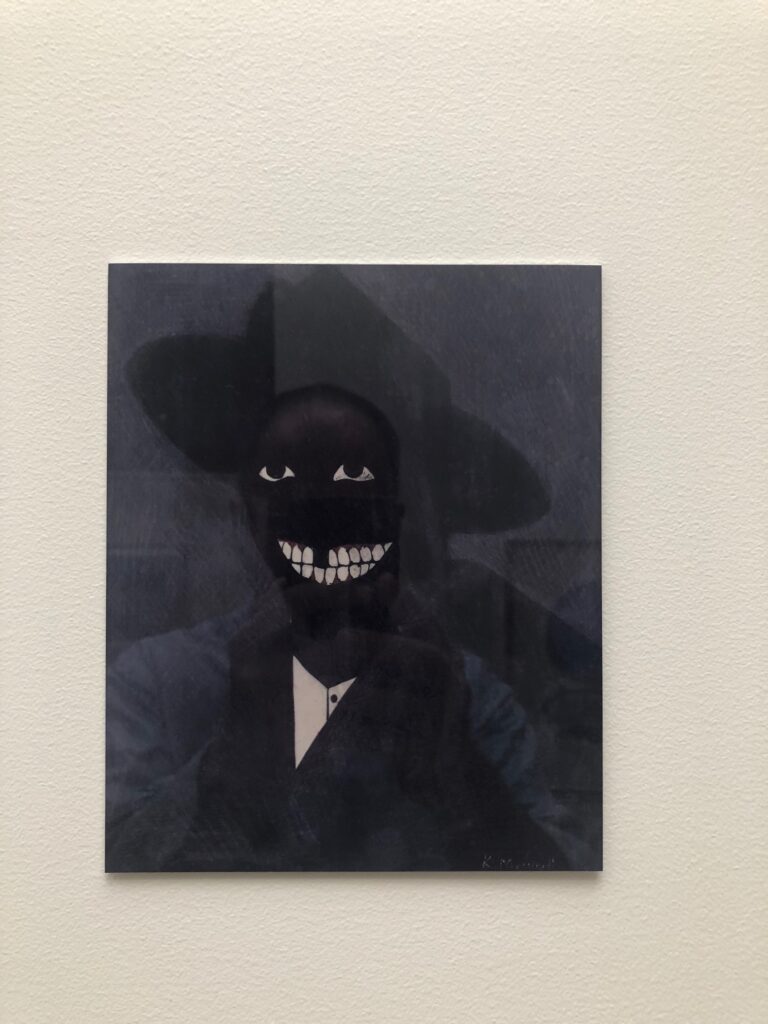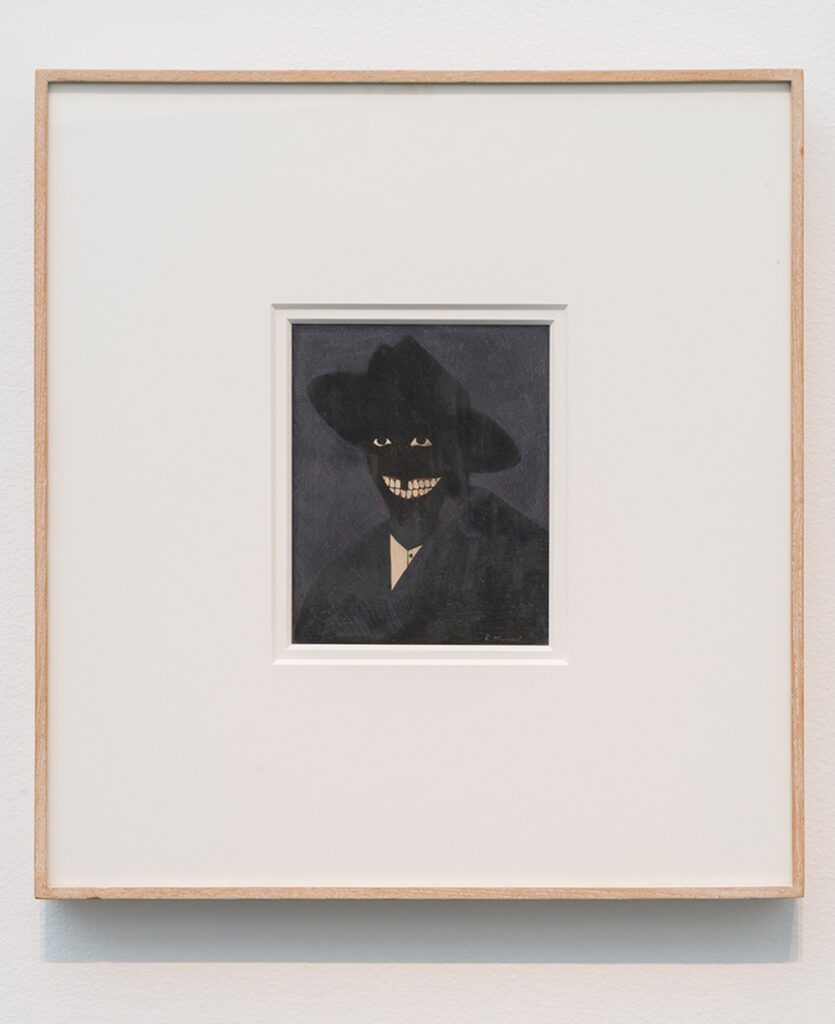
While working on the Scipio Moorhead Facsimile Object a couple of months ago, I started trying to figure out the challenge of a Kerry James Marshall Facsimile Object, too. Marshall’s portrait of Moorhead fills the gap in the historical record–there is no known depiction of or signature work by the painter considered to be the first Black artist in America. Meanwhile, the deep, multihued blacks of Marshall’s signature figurative style counter the uniform whiteness of American/European history painting, while also exposing how under-optimized the prevailing systems of image reproduction and circulation are for accurately depicting Black skin. Reproductions of Marshall’s paintings regularly fail in this specific way to mirror the experience of seeing them in person. So they are an excellent challenge for the Facsimile Object construct.

The calculation for making a Facsimile Object of a Kerry James Marshall work is pretty elegant in one respect, though. The epic scale immediately excludes most of his paintings. And the breakthrough work that marked a turning point in his practice–and that anchored his Met Breuer-filling retrospective a couple of years ago–is a headshot, a perfectly sized egg tempera on a sheet of sketchbook paper.
It took several attempts to find a good reproduction of A Portrait of the Artist as a Shadow of His Former Self (1980) that would reproduce on aluminum. This multistep filtration process, going from work to image to jpg to print, really gets a workout here, or at least, the apparatus gets seen operating in ways that might otherwise go unnoticed. Sometimes the work’s saturation is pumped up to bring out the red of the figure’s gums, for example, or the brightness is increased to emphasize the painting’s striated facture. Sometimes it’s printed in duotone, flattened into a pair of floating white eyes and an exaggerated grin. It extends the reach of Marshall’s own practice, “forcing the issue of perception by rendering an image that is just at the edge of perception.”
That Marshall knew his carefully calibrated painting was still at risk of being reduced to an undifferentiated black field, a shadow, is perhaps indicated by the title itself. That this was interesting to him is perhaps indicated by his subsequent decades-long practice of depicting Blackness in a world that is still catching up with him.
Previously, related: Moorhead-Wheatley Facsimile Object (MW1)
Marshall talked with Antwuan Sargent about “this very calibrated image” in 2016 [interview magazine]
